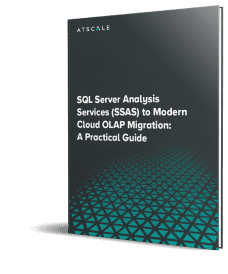


#CLOUD BI TOOLS SOFTWARE#
This is circumventing traditional software barriers such as the requirement to access the application on-site. The beauty of Cloud BI applications is that they are accessible on multiple devices and web browsers. Business intelligence is about delivering the right information to the right people at the right time, and cloud computing provides a lightweight, agile way to access BI applications. Salesforce blog – History of cloud computingĬloud computing meets business intelligenceĬloud computing and business intelligence are an ideal match.SoftLayer blog – Brief history of cloud computing.The tools you love, with data you can trust. Leverage the power of the industrys strongest Semantic Graph to get more out of Excel and other BI applications. Since the mid-2000s, the cloud computing industry has grown exponentially, and is predicted to become a $210B industry by 2016.įor more information, check out these resources: See how MicroStrategy and Snowflake work together to deliver cloud-based data and analytics at high performance and lower. Early pioneers like Google, Amazon and Salesforce helped to demonstrate the ability of the cloud to deliver computing power without hardware and locally installed software. The rapid development of computing power and the advent of the internet during the 1990s paved the way for major developments in cloud computing. From the 1960s to the late 1990s, improvements to time-sharing models, server balancing and remote access (VPN) laid the groundwork for what would come during the dot-com boom in the early 2000s. Users were able to access the computer through client or terminal computers and, to promote efficient use of Central Processing Unit (CPU) resources, the practice of multitenancy and time-sharing evolved. The concept of cloud computing has its origins in the 1950s with the development of the microchip and the mainframe computer. This trend includes business intelligence tools embracing the agility and accessibility of the Cloud. The most modern BI platforms today combine business intelligence, advanced and predictive analytics, and planning tools in a single analytics cloud solution. Enterprises are increasingly turning to cloud-based tools, like Customer Relationship Management (CRM) applications (Salesforce), online file collaboration and storage (Dropbox, Box) and help desk software (UserVoice, Zendesk). They are used to provide organizations access to BI-related data such as dashboards, KPIs and other business analytics. Cloud BI – A definitionĬloud Business Intelligence (BI) applications are hosted on a virtual network, such as the internet. What is Cloud Business Intelligence? Cloud-hosted BI applications make business data more accessible than ever before.


 0 kommentar(er)
0 kommentar(er)
